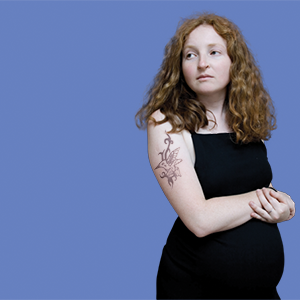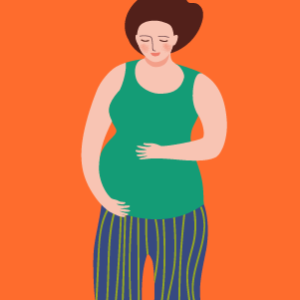Each year in the United States, approximately 3,400 infants die suddenly and unexpectedly, often during sleep or in their sleep environment.1-3 These deaths are referred to with the umbrella term sudden unexpected infant death (SUID).1-3
SUID describes the death of an infant under the age of 1 when the cause of death is not obvious without further investigation. 2,3
SUID includes infant deaths that, after investigation, are classified as being caused by:
Numerous sleep-related factors increase a baby’s risk of SUID, including:
Other factors that increase a baby’s risk of SUID include:
Babies are at higher risk of SUID when multiple SUID risk factors are present because these risk factors can interact with each other.2,5 Unfortunately, multiple SUID risk factors commonly occur at the same time.2,5
SUID can occur in infants and families of any background, but some groups are more affected than others. There are persistent racial and ethnic disparities in SUID rates that reflect broader patterns of inequity.2,5 Infants born in communities experiencing poverty and racism are more likely to experience multiple SUID risk factors at the same time.2,5
In Washington state from 1999 to 2021, American Indian/Alaska Native infants, Black infants, Pacific Islander infants, and multi-race infants died from SUID at disproportionately high rates compared to White infants.6 During this same time, Asian and Hispanic infants died from SUID at lower rates compared to White infants.6
In Spokane County from 2018 to 2021, SUID was the
From 2018 to 2021, there was no significant difference between Spokane County’s SUID mortality rate and Washington state’s SUID mortality rate.4
Keeping babies safe is a joint effort. While parents have the most direct interactions with their children, everyone has the opportunity to create change to increase infant survival in our community by promoting safe infant sleep and increasing health equity. To learn more about how you can help infants and families celebrate more birthdays, check out the Preventing Sudden Unexpected Infant Death fact sheet.
Creating and following a safe sleep plan is the most important thing that people caring for babies can do to reduce their baby’s risk of SUID.7 Learn about how to create a safe sleep plan for your baby using evidence-based strategies in the Safe Sleep flyer, booklet, and video series.
Medical professionals, social service professionals, and childcare professionals are influential messengers and should consistently endorse, discuss, and model safe sleep practices with patients and clients.2 Ideally, conversations about safe sleep should start when someone is planning to welcome an infant into their family, like during pregnancy.2 In conversations about safe sleep, professionals should use a flexible, stigma-free risk mitigation approach, which includes discussing strategies to reduce the risk of SUID if unsafe sleep practices do occur.
Spokane Regional Health District (SRHD) developed a suite of materials that medical, social service and childcare professionals can use to support people with creating and following a safe sleep plan for their baby to reduce risk of sudden unexpected infant death (SUID), including sudden infant death syndrome (SIDS). These evidence-based resources include a discussion guide and a free 90-minute webinar to support professionals’ ability to prevent SUID by promoting safe sleep and safe sleep educational materials for the general public.
The safe sleep educational materials can be shared and used in conversations about safe sleep in your professional setting. Local community and professional feedback was used to make an educational flyer, booklet, and video series based on the 2022 safe sleep recommendations from the American Academy of Pediatrics. The flyer and booklet are available in multiple languages and include QR codes linking to the online video series. Visit Your Baby’s Safe Sleep Plan to view the video series.
Organizations in Spokane County that would like to use the discussion guide, booklet and flyer to promote safe sleep in our community can request printed copies of these materials by mail at no charge. If you are interested in receiving these free resources, complete the request form linked below.
REFERENCES

A safe sleep plan is an essential part of lowering your baby’s risk of sudden unexpected infant death (SUID), including sudden infant death syndrome (SIDS).

If you are pregnant and using opioids or other drugs, it’s important to get help for yourself and your unborn baby. Learn more treatment and caring for your baby.

Get the facts about marijuana use during pregnancy, breastfeeding and caregiving.